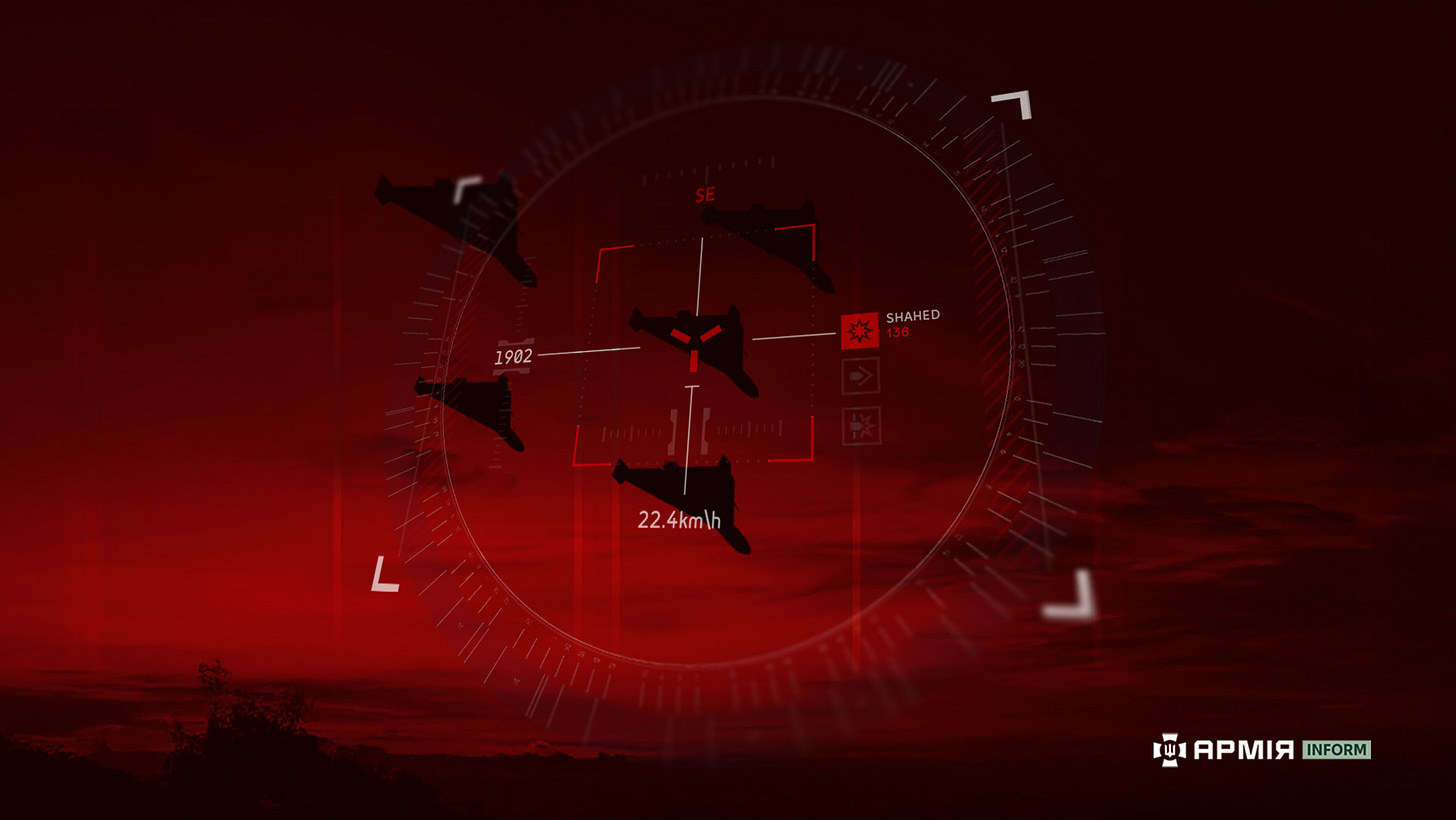Drone warfare in Ukraine: laser-guided drones, fiber-optic UAVs, and frontline FPV workshop
Three key stories of the week: Mar. 19 - Mar. 25, 2025

Since 2022, we have seen significant diversification in the types of drones used by Ukraine, spanning aerial, ground, and naval systems. Each category includes multiple varieties. On one hand, Russian forces have struggled to adapt quickly and develop effective countermeasures. On the other hand, at some point, drone production will need to become more centralized and controlled.
For this digest, I have curated three key stories from the past week. The first covers the development of one of Raytheon’s well-known drones, now featuring laser guidance by Skyeton. The second is a frontline story about a team of technicians preparing drones for use by their combat unit. The final piece examines the challenges of mass-producing fiber-optic drones in Ukraine—a timely topic in recent months, as Russian forces have been using them extensively to inflict significant damage.
Thank you for reading and supporting my work!
How the Ukrainian FPV Drone Workshop Operates on the Frontline (ArmiyaInform. Available in Ukrainian + video).
Engineers from the Mara battalion of the 66th Mechanized Brigade, named after Prince Mstyslav the Brave, prepare FPV drones for strikes against enemy targets.
When a drone arrives at the workshop, the engineers modify it to allow the pilot to switch channels in case of interference. If the drone is designed for payload drops, they install and solder a servo, programming it to function correctly. For kamikaze drones, they handle the initiation system—connecting and testing it to ensure proper operation.
The team is also responsible for repairs, including replacing motors, flight controllers, and cameras, as well as installing payload release mechanisms and initiation systems.
Some drones arrive with pre-installed initiation and payload release systems and only require fine-tuning, while others need to be built from scratch.
The workshop is equipped with a 3D printer, which is used to produce various components, including tail units, camera mounts, and casings for relay systems. The team develops its own 3D models and prepares them for printing.
To ensure the functionality of repaired and modified drones, a custom-built testing stand is used. After repairs or adjustments, drones are checked on the stand to verify motor rotation direction, system responses, and correct button configurations on the controller.
A monitor is also available to display the drone’s live video feed. Pilots frequently visit the workshop for training sessions.
One of the most common issues encountered is the failure of initiation boards. The team provides pilots with detailed explanations of how the system works. Preparing a single drone takes between 20 to 40 minutes, as each drone requires individual attention rather than mass production.
When a captured enemy drone is acquired, the team analyzes the frequencies it operates on to help develop electronic warfare (EW) countermeasures. They also examine the drone’s flight characteristics and operating systems.
Recently, fighters from the Mara drone battalion not only destroyed Russian equipment and personnel but also eliminated enemy mines. The soldiers of the 66th Brigade gave the Russian invaders a "final fireworks display" by striking a grenade launcher with a precise drone drop.
Ukrainian Developers Highlight the Key Advantages of the Domestically Produced Raybird Drone with Laser Guidance (Ministry of Defense of Ukraine + additional sources)
The Ukrainian unmanned aerial system Raybird (ACS-3), developed by Skyeton, is actively used by the Armed Forces of Ukraine for reconnaissance and strike missions deep behind enemy lines.



